1. Understanding Cat Pregnancy and Labor
Cat pregnancy, also known as gestation, typically lasts around 63 to 65 days. During this time, a series of changes occur in the cat’s body to prepare for the birth of the kittens. The labor process involves the contractions of the uterus to expel the kittens. Here are some key points to understand about cat pregnancy and labor:
- Gestation Period: The gestation period in cats lasts approximately 9 weeks. During this time, the kittens develop inside the mother cat’s uterus.
- Pre-Birth Signs: As the due date approaches, there are certain signs that indicate the cat is nearing labor. These signs can include restlessness, nesting behavior, increased affection, loss of appetite, and a decrease in body temperature.
- Stages of Labor: Labor in cats typically occurs in three stages. The first stage involves uterine contractions, the second stage involves the actual birthing of the kittens, and the third stage involves the expulsion of the placenta.
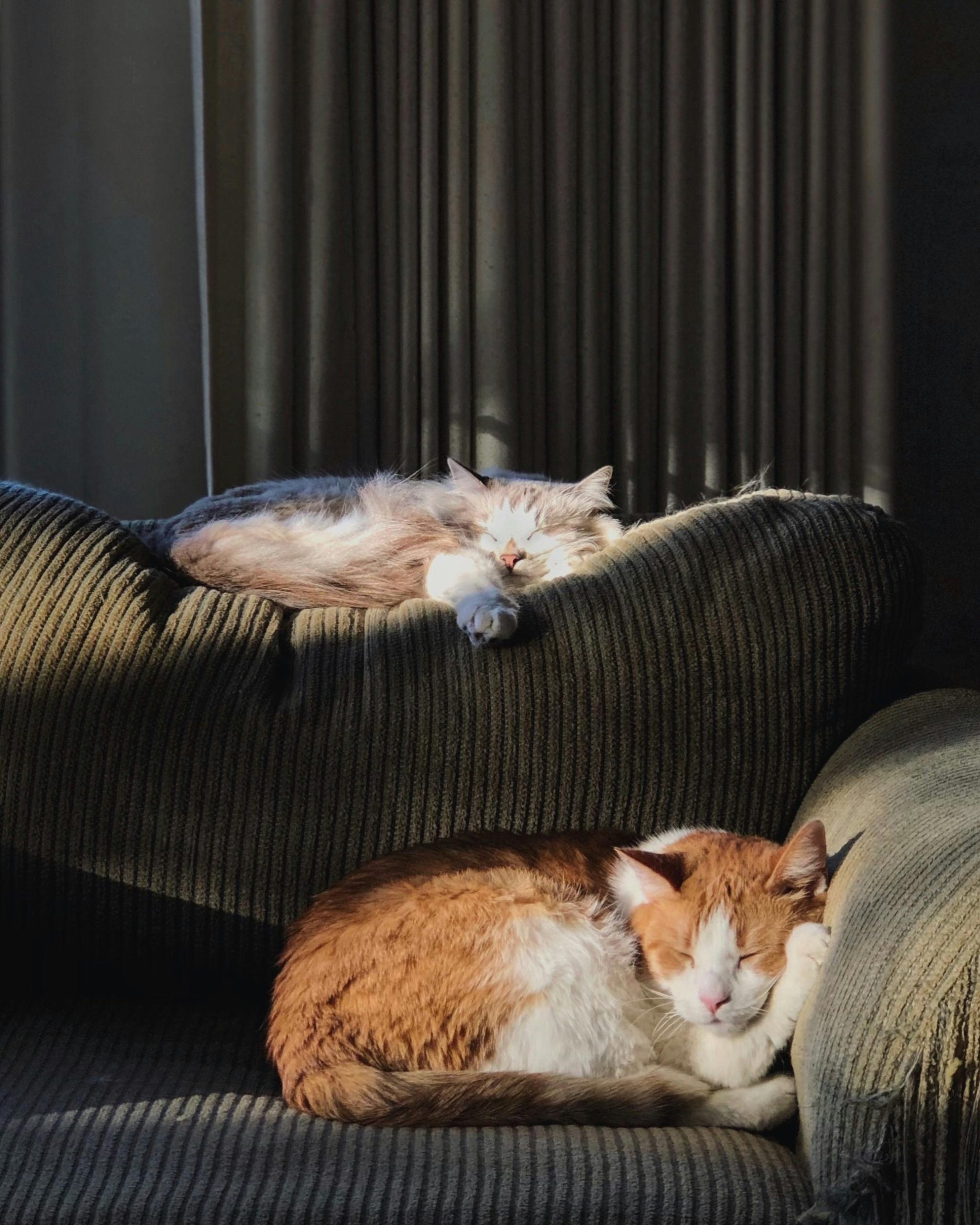
2. Bleeding and Cats Giving Birth
When it comes to bleeding before giving birth, it is important to understand that cats generally do not experience significant bleeding or a visible discharge during the labor process. Here are some important points to consider:
- Normal Vaginal Discharge: It is normal for a pregnant cat to have a clear or slightly mucus-like vaginal discharge during the later stages of pregnancy. This discharge is typically not accompanied by bleeding and is a result of the hormonal changes and preparations for labor.
- Bloody Show: Some cats may experience a small amount of blood-tinged discharge, known as a “bloody show,” shortly before giving birth. This discharge is usually pinkish or reddish in color and is a result of the dilation and effacement of the cervix. However, it is important to note that not all cats will have a noticeable bloody show.
- Abnormal Bleeding: While it is uncommon, there are instances where cats may experience abnormal bleeding during labor. This can be a sign of complications such as a uterine rupture or placental detachment. If you notice significant bleeding or any abnormalities, it is important to seek veterinary assistance immediately.
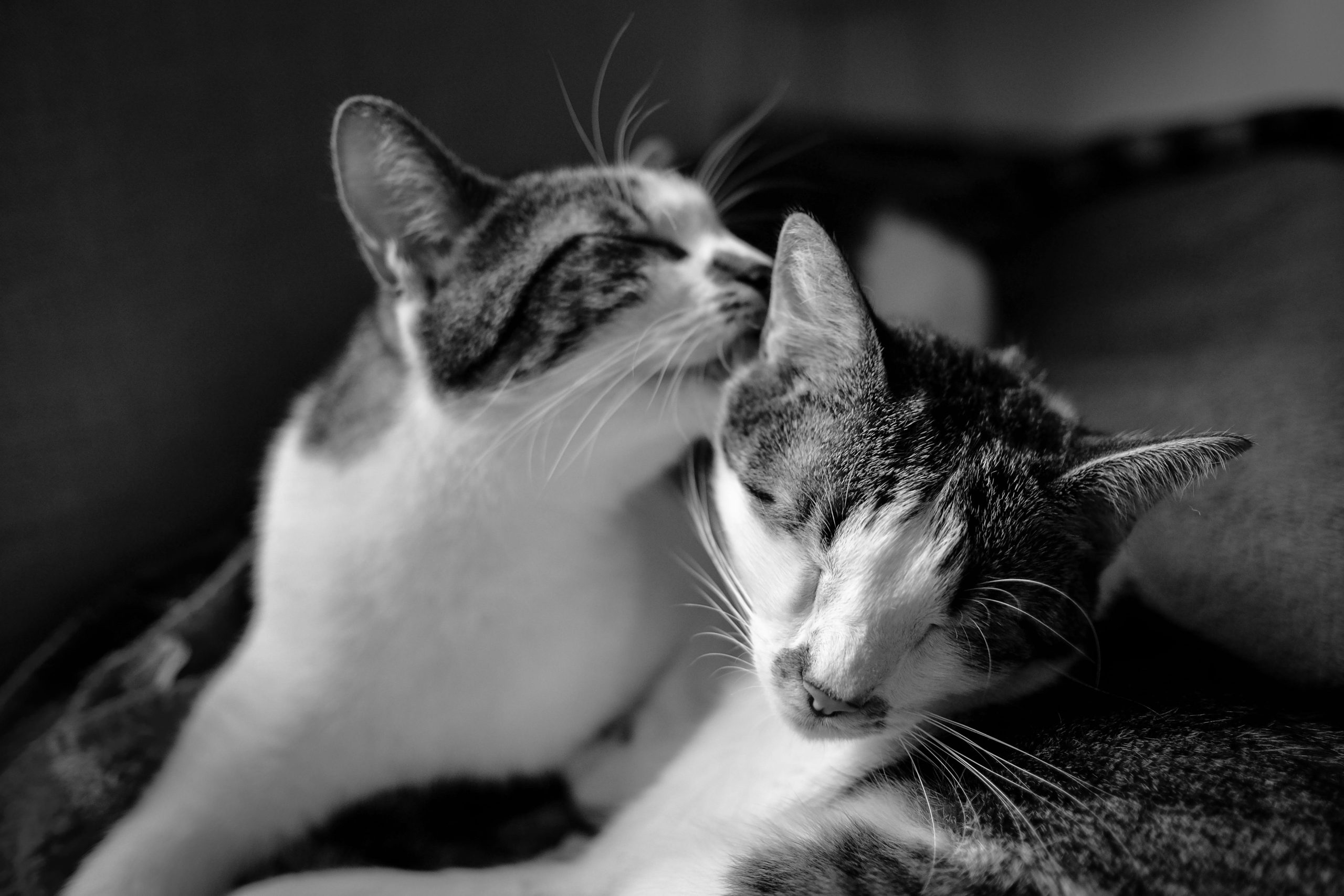
3. Signs of Complications during Labor
While bleeding is not a common occurrence during cat labor, there are certain signs that may indicate complications requiring veterinary attention. It is important to be aware of these signs in order to ensure the safety and well-being of the mother cat and her kittens. Here are some signs of potential complications during labor:
- Excessive Bleeding: If the mother cat is experiencing heavy bleeding or continuous bleeding during labor, it may indicate a serious problem such as a uterine rupture. This requires immediate veterinary intervention.
- Straining without Progress: If the cat is straining or having strong contractions for an extended period without any progress in delivering a kitten, it may indicate a problem. This could be due to a large kitten, an improperly positioned kitten, or other complications.
- Distress or Weakness: If the mother cat appears distressed, weak, or in pain during labor, it may suggest complications that need veterinary evaluation. Signs of distress can include heavy panting, excessive salivation, or the inability to rest between contractions.
- Prolonged Labor: If the labor process extends beyond 24 hours without any kittens being delivered, it is considered a prolonged labor. This can be a sign of complications such as fetal distress or an obstruction in the birth canal.
- Abnormal Discharge: If the cat is experiencing a foul-smelling discharge, green discharge, or pus-like discharge, it may indicate an infection or other complications that require immediate veterinary attention.
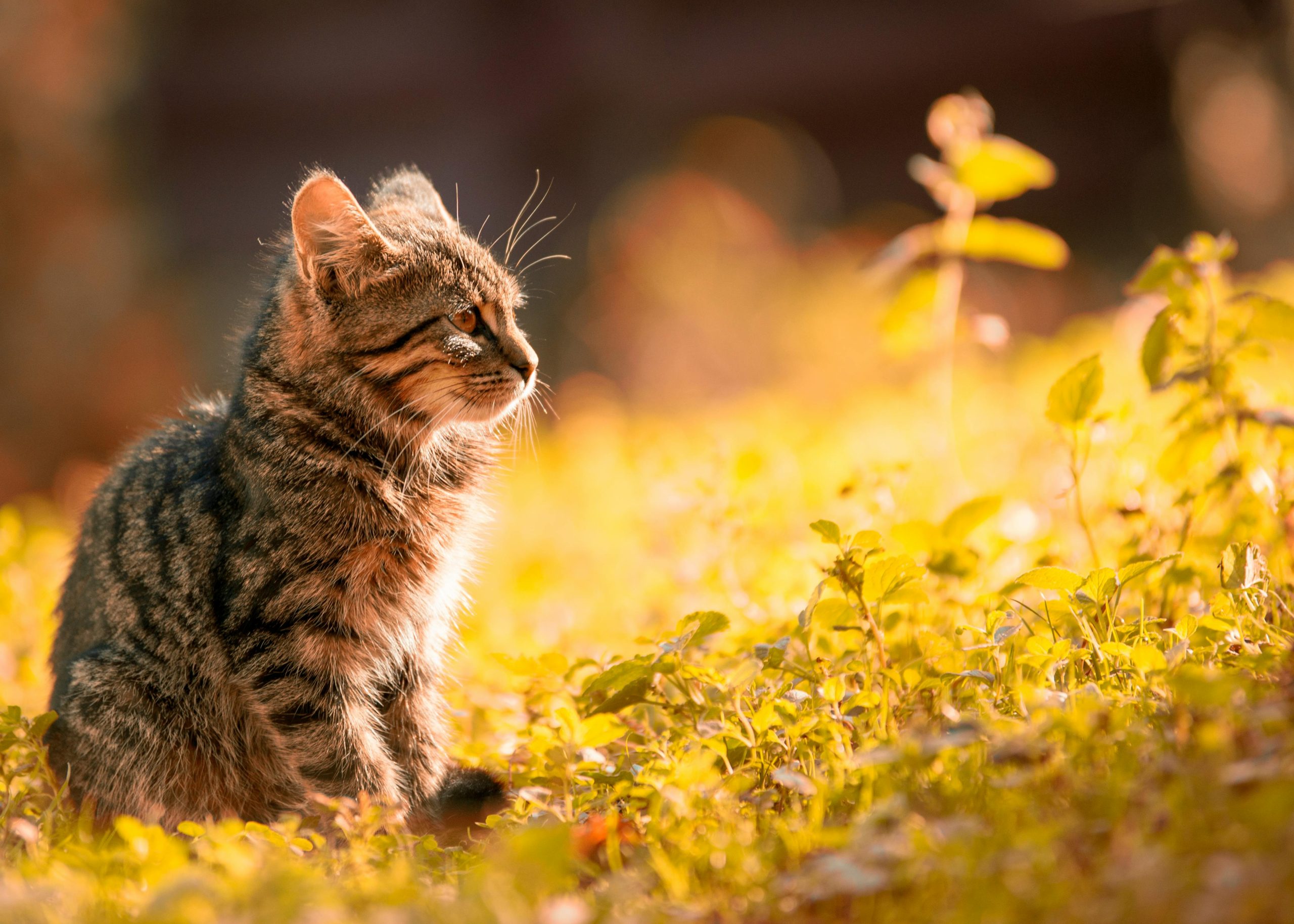
4. Seeking Veterinary Assistance
If you have any concerns about your cat’s pregnancy or the labor process, it is always best to consult with a veterinarian. They can provide guidance, evaluate the situation, and intervene if necessary. Here are some instances when it is important to seek veterinary assistance:
- Abnormal Bleeding: If you notice significant bleeding or continuous bleeding during labor, it is essential toseek immediate veterinary attention.
- Prolonged Labor: If the labor process extends beyond 24 hours without any kittens being delivered, it is important to consult a veterinarian as it may indicate complications.
- Signs of Distress: If the mother cat appears distressed, weak, or in pain during labor, it is crucial to seek veterinary evaluation to ensure her well-being.
- Abnormal Discharge: If you observe a foul-smelling discharge, green discharge, or pus-like discharge, it is important to consult a veterinarian as it may indicate an infection.
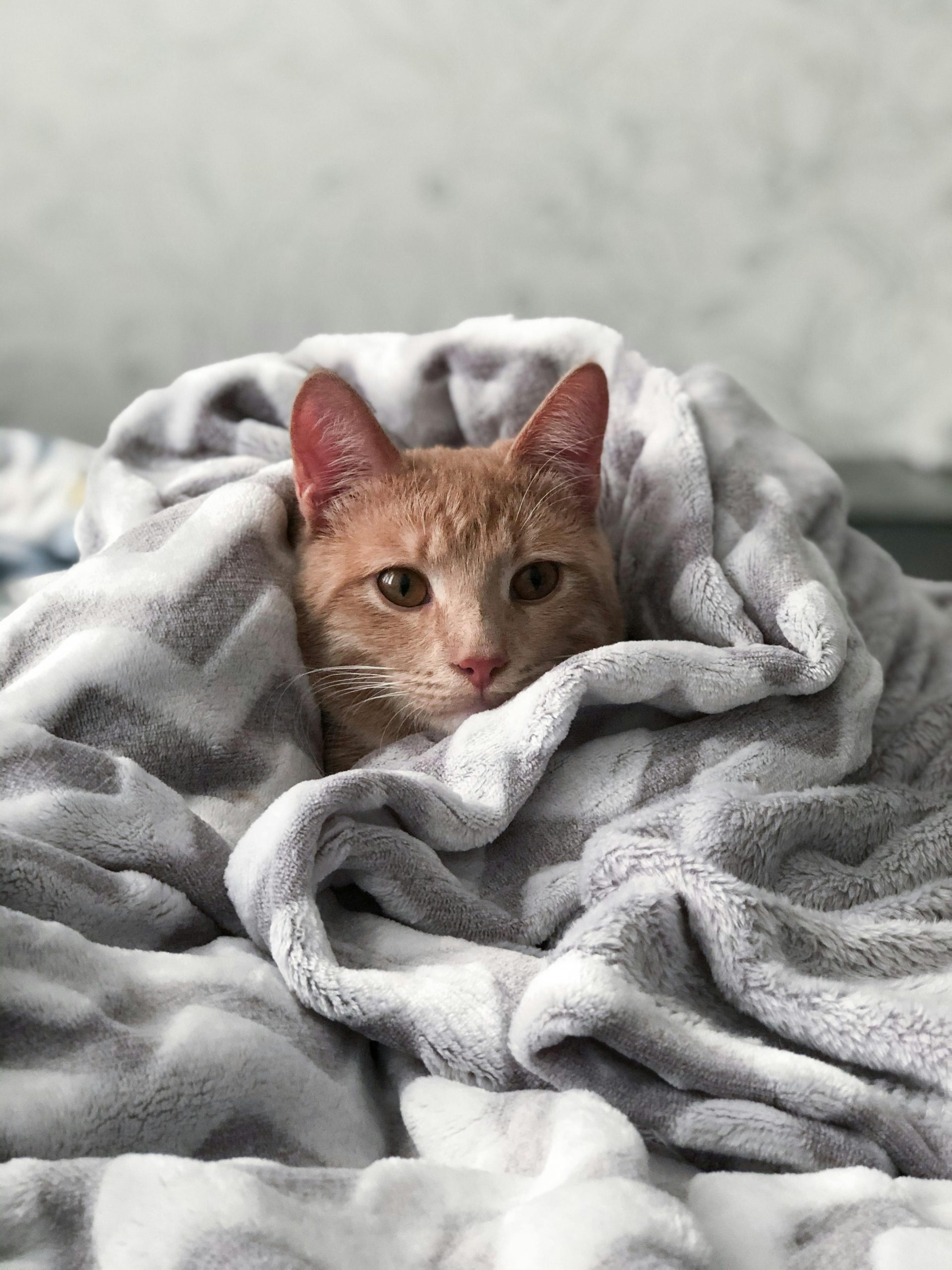
- Straining without Progress: If the cat is straining or having strong contractions without making any progress in delivering a kitten, veterinary intervention may be necessary to address any complications.
Remember, each cat’s pregnancy and labor can vary, and it is always better to err on the side of caution when it comes to the health and well-being of your feline companion. By monitoring your cat closely, being aware of potential complications, and seeking veterinary assistance when needed, you can help ensure a safe and successful birthing process for your cat and her kittens.
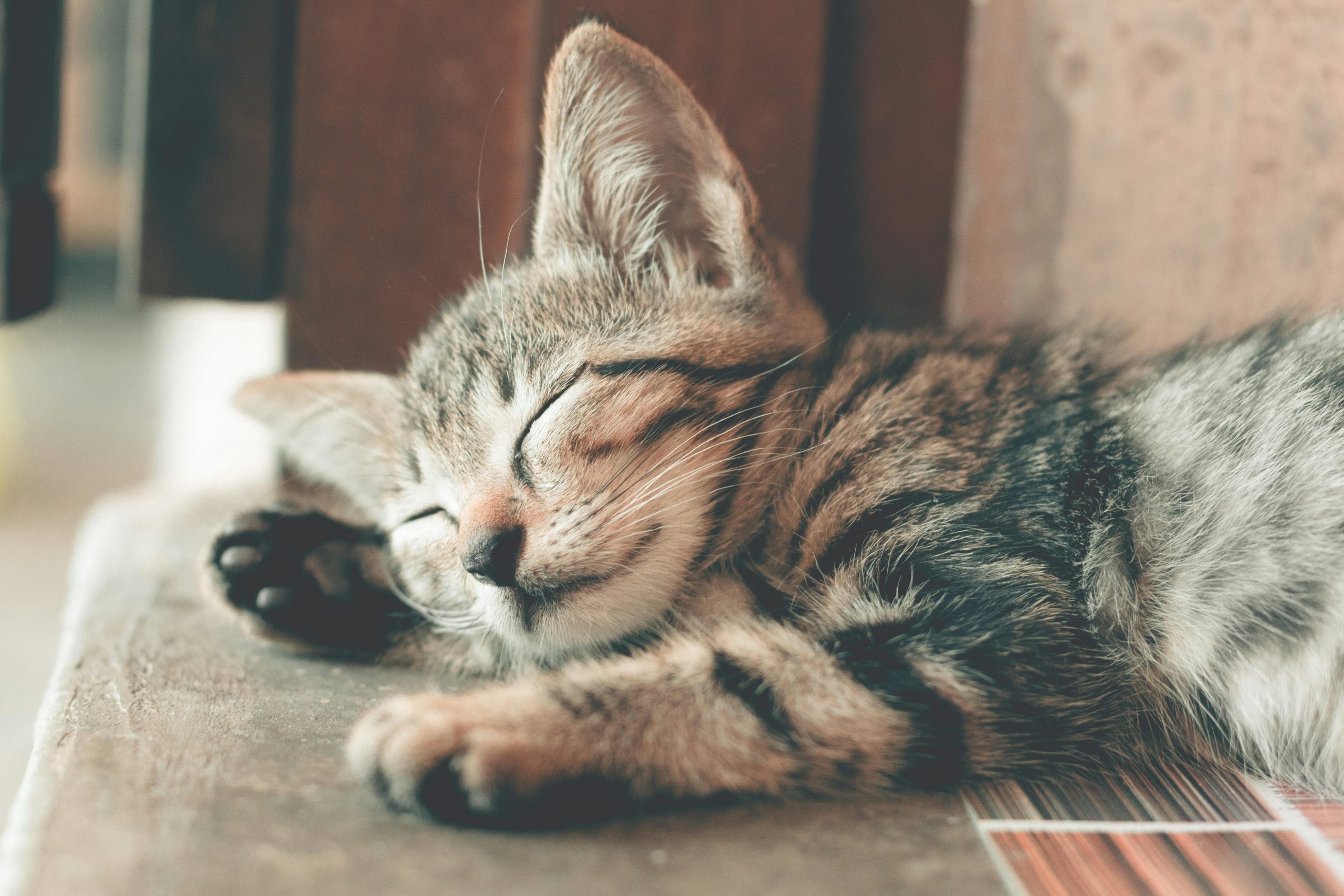
Leave a Reply